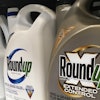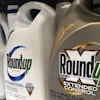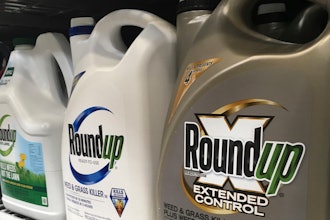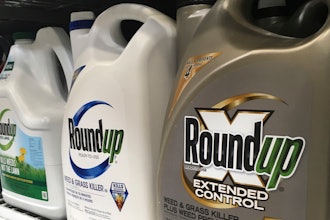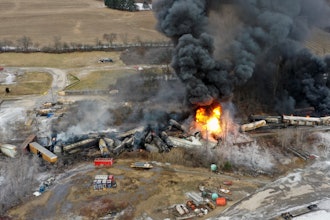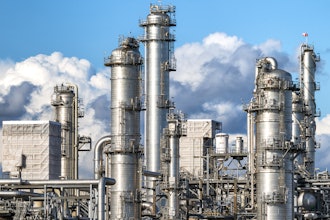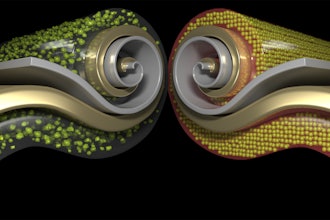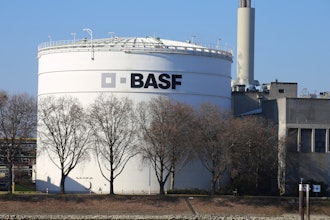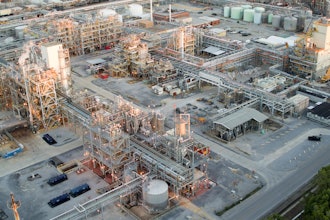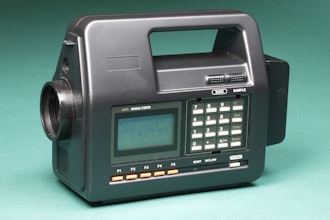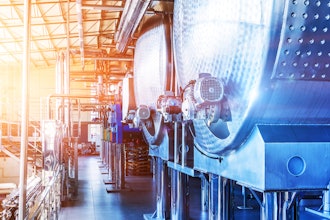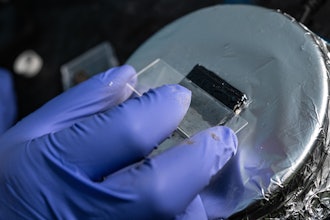Researchers from the U.S. Geological Survey are exploring methods to remove potentially valuable metals from treated waste and collect them for possible sale.
Metals from personal care products, clothing and other sources can be ingested by people, according to Kathleen Smith of the USGS, and ultimately sent to sewage treatment plants, where they are separated from water into biosolids.
In addition to including gold, silver or copper, the treated sewage can also contain palladium, vanadium and other metals used in the making of electronics. USGS researchers hope to extract those metals with leachates — chemicals currently used by industrial mining operators to pull metals out of rock. Although the chemicals can damage the environment, Smith said they could be safely used in a controlled setting.
Smith said extracting those metals could lessen their impact on the environment and reduce the need for mining. It could also enable the use of additional waste as fertilizer — rather than sending about half of the country's biosolids to landfills or incinerators — while providing a boost to local economies. One study estimated waste from 1 million Americans could contain metals worth as much as $13 million.
“If you can get rid of some of the nuisance metals that currently limit how much of these biosolids we can use on fields and forests, and at the same time recover valuable metals and other elements, that’s a win-win,” Smith said.
The researchers presented their analysis this week in Denver at the 249th national meeting of the American Chemical Society.
Researchers Mine Metals From Sewage
In addition to including gold, silver or copper, the treated sewage can also contain palladium, vanadium and other metals used in the making of electronics.
Mar 31, 2015
Latest in Chemical Processing
Jury Awards $332 Million to Man in Monsanto Case
November 3, 2023
EPA Boosts Biofuel Requirements
June 22, 2023
Bayer Owes $6.9M Over Weed Killer Advertising
June 16, 2023

